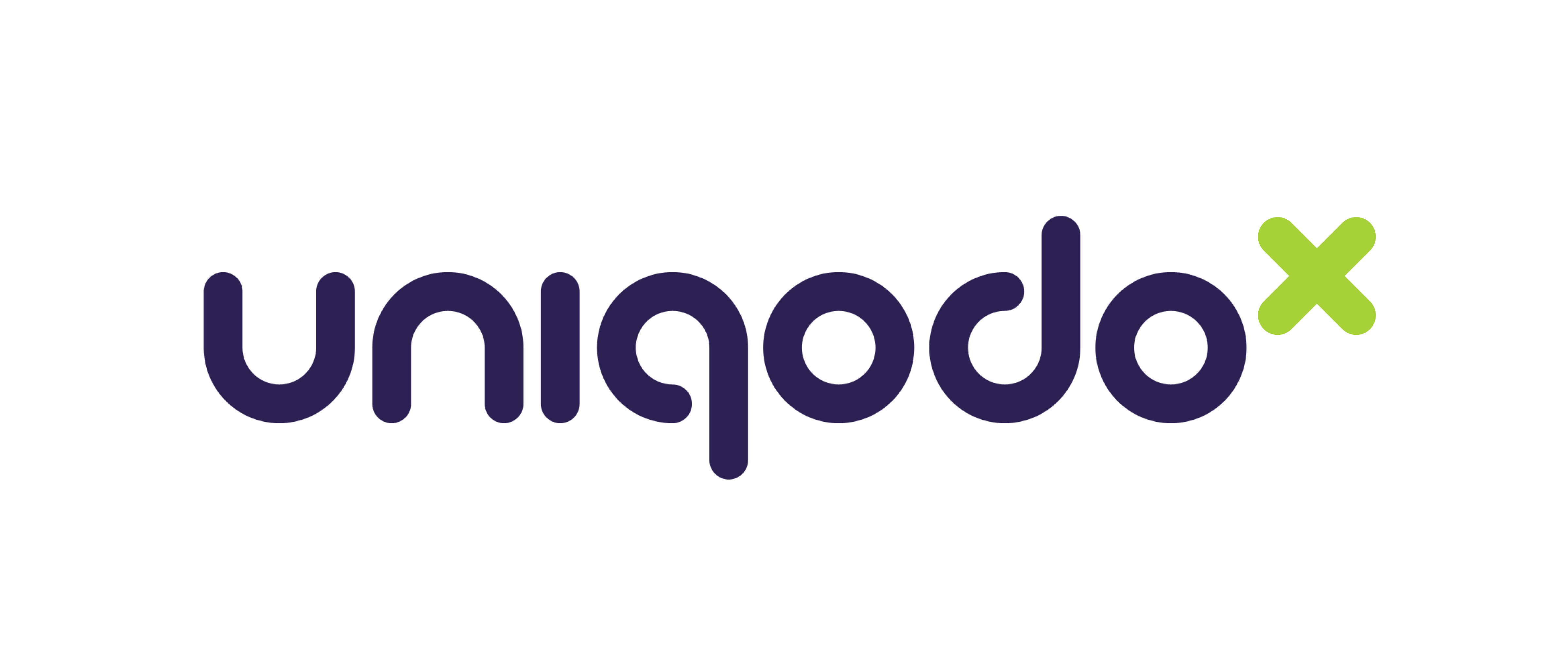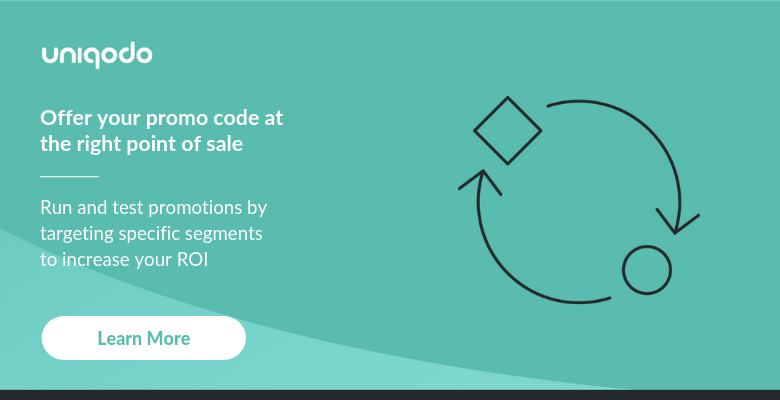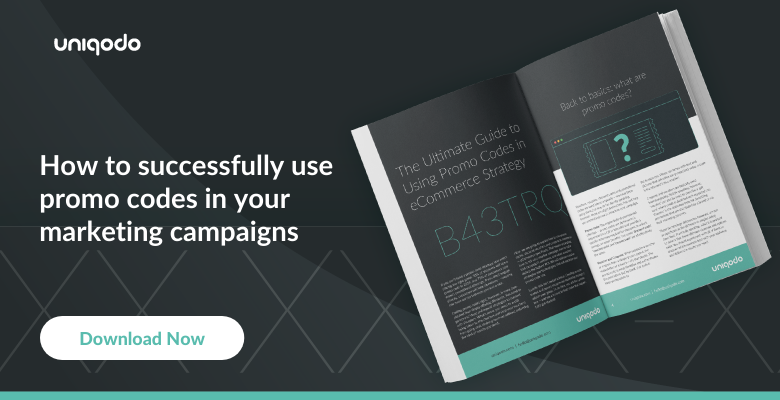Every airline dreads the January dry spell after the holidays. Everyone has just spent their paychecks on gifts, it’s cold and dark, and the dreary weather just isn’t enticing people to book a holiday.
However, you still need to keep revenue up. Just because fewer customers are booking holidays, doesn’t mean you can’t tempt them with a good deal!
So what tips and tricks can you use to ensure you’re prepared for the dry spell and get customers to fly with you in January? In this article, we cover 5 tips you can get ready for the January dry spell and increase sales.
1. Target customers using social media
How on Earth did brands manage to build meaningful relationships with their clientele without social media? In the digital age, airlines have a direct line to the target audiences they’re trying to reach, meaning they can deliver highly targeted content to their prospective passengers through social channels.
Airlines can try and reach their prospective passengers organically with various posts including images and videos of potential holiday destinations that they could visit during January. Because of the weather, city breaks will be most looked for during this time.
Alternatively, you can use paid ads. Paid ads will result in some upfront expenses (which can seem counterintuitive in the lead up to a dry spell). However, they’re a great way to be assured that your message will reach the right people. And with paid ads you get complete autonomy over the kinds of people you target so no money is wasted reaching out to people who are unable or unwilling to fly with you.
Never underestimate the power of a bargain. People scrolling will often be enticed by a good holiday deal if it offers them great value.
2. Ensure you’re on multiple online channels
Offering good deals is an excellent start. However, just because you offer it, that doesn’t necessarily mean customers will come. You need to make sure that your too-good-to-miss deals are available and visible to the people who want to see them.
In this regard, airlines are just like any other eCommerce merchant. Their deals are only as good as their online visibility. Thus, your deals need to be clearly visible in all the right places if your customers are to have a hope of finding them.
The digital era is changing the way in which people shop for their holidays, with many customers searching for their next getaway and booking in the same transaction. These “search to book” ratios are strong in the US and almost as strong in the UK — close to 100% conversion rations. If customers see a deal that they feel is too good to miss, there’s an excellent chance that they’ll book it, especially if they’re worried that another shopper could swoop in and take the deal away from them. Get yourself on the right channels and customers will reward you with quick and decisive conversions.
Customers can often use multiple digital devices throughout this process too. Therefore, the more you can support a smooth transaction between devices, the better your chances of conversions. Some customers might leave a flight in their shopping basket on their mobile device if they aren’t able to book easily on their computer at that time — so don’t let them forget you. You should also add prompts and scarcity marketing techniques to target the problem of shopping basket abandonment.
3. Offer package deals that customers can’t refuse
The digital age is increasingly rendering travel agents obsolete (sorry Thomas Cook). But one thing that people do tend to miss from booking their holidays on the high street is the convenience of the package deal. People often want more than just a flight when booking their holiday. They’ll likely also want to book a hotel, they’ll want to book extras like transfers from the airport and they may even want to rent a car when they reach their destination.
When you’re partnered with the people who provide these services, you can make your customers’ lives easier with unmissable package deals.
As shrewd as most customers are, their free time is often sparse. They don’t want to have to carry out more research on hotels, car hire companies and transfer providers if they can possibly help it.
If you’re offering packages of good value (which is easier for customers buying for January when flying prices are lower), this can help get unsure customers off the fence and send your conversion rates soaring.
4. Use loyalty schemes to draw in repeat customers
Frequent fliers are a gift to airlines, and you fail to reward their loyalty at your peril! Rewards schemes are essential for airlines in adding value to their brand and incentivising repeat customers to keep flying with you at the expense of your competitors.
It’s easy for people who travel a lot to see airlines as completely interchangeable — a means to a desirable end. But with the right loyalty scheme, you can give them more of what they want and encourage them to see the value that you bring them. Rewards like seat redemptions, upgrades or even cashback can not only increase your brand’s value but give customers a way to engage with you regularly. This will help them to become brand ambassadors and micro-influencers who can persuade others in their social circle to consider your airline the next time they want to fly in January!
5. Utilise promo codes to convert that unsure customer
In any area of eCommerce, shopping basket abandonment is a serious issue. This is particularly true when it comes to the travel industry, where almost 82% of purchases are abandoned before the transaction is complete. The bigger the potential price tag for the customer, the more likely they are to drag their feet. Even if you’re presenting them with a really great deal, they might feel that there’s a chance they could get a better one elsewhere.
Using promo codes can make it easier for you to get even the most unsure customers to commit and convert. By applying a promotional code, the customer can see money coming off the price. And customers will often feel more comfortable making large purchases like flights if they know they’re getting money off and paying less than other customers. You can also use promotional codes with time limits to ensure that your customer’s shopping baskets aren’t left in the digital ether.
Because airlines typically deal with high-value transactions, promo code misuse can be significantly costly. And this can be damaging in a low-margin industry like the travel industry. Fortunately, with the right software, you can create single-use promotional codes which can only be used by the intended recipient.
These same software platforms also make it easy to leverage scarcity marketing offers like sporadic “blink and you’ll miss it” discounts on your site and diminishing discounts where customers get less money off the longer they wait before committing to buy.
Using unique single-use promotional codes can be your most valuable asset in tackling shopping basket abandonment and incentivising customers to travel with you in January. So start implementing these tips and investing in these tools so your airline doesn’t suffer from the January dry spell!




Subscribe to the Blog